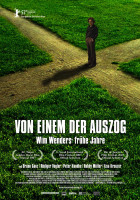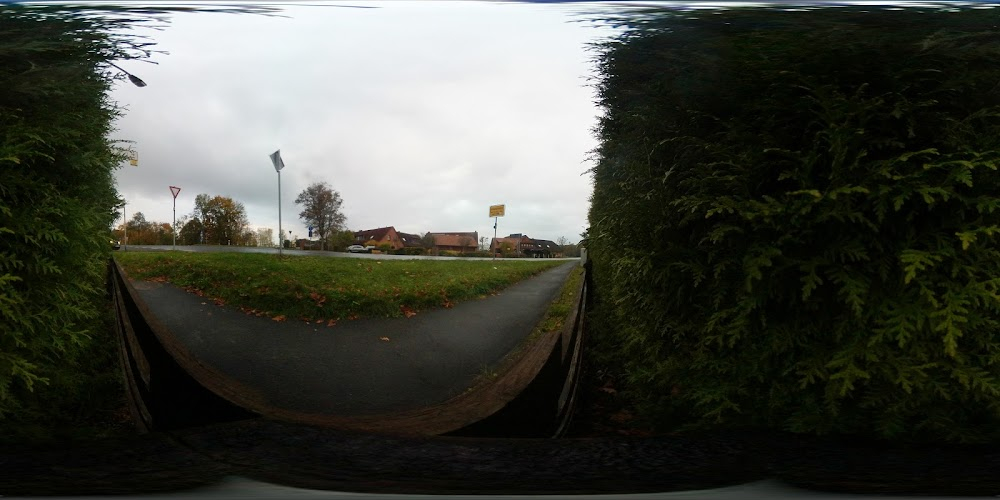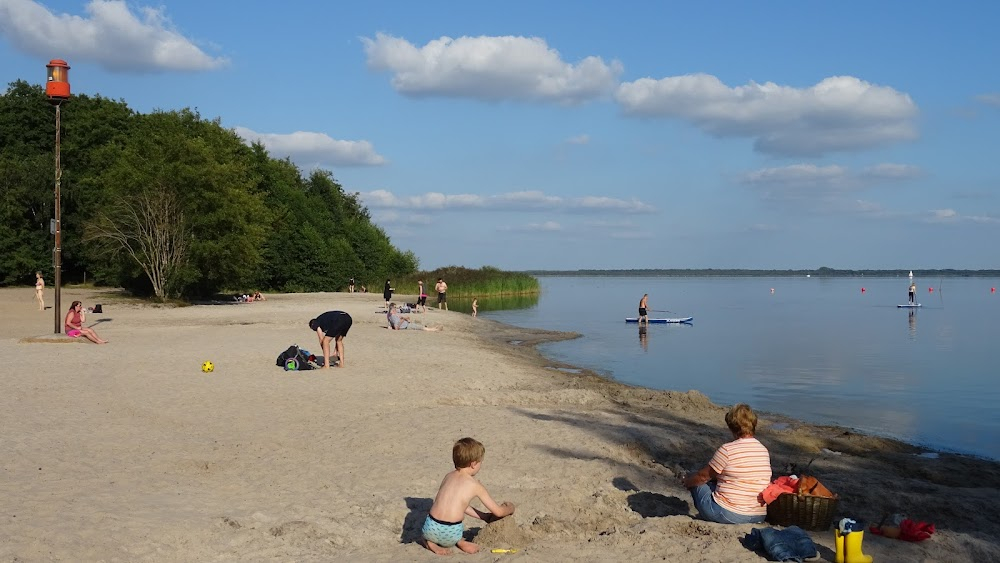Von einem der auszog - Wim Wenders' frühe Jahre Filming Locations

Where was Von einem der auszog - Wim Wenders' frühe Jahre filmed? Von einem der auszog - Wim Wenders' frühe Jahre was filmed in 18 locations across Germany, Netherlands and France in the following places:
Von einem der auszog - Wim Wenders' frühe Jahre Filming Locations
Boppard, formerly also spelled Boppart, is a town and municipality in the Rhein-Hunsrück-Kreis in Rhineland-Palatinate, Germany, lying in the Rhine Gorge, a UNESCO World Heritage Site. The town is also a state-recognized tourism resort and is a winegrowing centre.
Benrath is a sprawling, upscale residential suburb known for Benrath Palace, an 18th-century rococo residence with landscaped gardens and a lake. The palace also houses the Local Natural History Museum, with dioramas of regional habitats, and the Museum for European Garden Art. The local dining scene is mainly relaxed German and Italian restaurants.
Amsterdam is the Netherlands’ capital, known for its artistic heritage, elaborate canal system and narrow houses with gabled facades, legacies of the city’s 17th-century Golden Age. Its Museum District houses the Van Gogh Museum, works by Rembrandt and Vermeer at the Rijksmuseum, and modern art at the Stedelijk. Cycling is key to the city’s character, and there are numerous bike paths.
Berlin, Germany’s capital, dates to the 13th century. Reminders of the city's turbulent 20th-century history include its Holocaust memorial and the Berlin Wall's graffitied remains. Divided during the Cold War, its 18th-century Brandenburg Gate has become a symbol of reunification. The city's also known for its art scene and modern landmarks like the gold-colored, swoop-roofed Berliner Philharmonie, built in 1963.
Düsseldorf is a city in western Germany known for its fashion industry and art scene. It's divided by the Rhine River, with its Altstadt (Old Town) on the east bank and modern commercial areas to the west. In the Altstadt, St. Lambertus Church and Schlossturm (Castle Tower) both date to the 13th century. Streets such as Königsallee and Schadowstrasse are lined with boutique shops.
Oberhausen is a city in northwest Germany’s Ruhr area. The Gasometer Oberhausen is a former gas-storage facility that’s been converted into an exhibition space. In what was once a zinc factory, the LVR Industrial Museum explores the city’s manufacturing past. The Ludwiggalerie Schloss Oberhausen displays global art in a castle. SEA LIFE Oberhausen aquarium is home to otters, sea turtles and tropical fish.
Paris, France's capital, is a major European city and a global center for art, fashion, gastronomy and culture. Its 19th-century cityscape is crisscrossed by wide boulevards and the River Seine. Beyond such landmarks as the Eiffel Tower and the 12th-century, Gothic Notre-Dame cathedral, the city is known for its cafe culture and designer boutiques along the Rue du Faubourg Saint-Honoré.
The Netherlands, a country in northwestern Europe, is known for a flat landscape of canals, tulip fields, windmills and cycling routes. Amsterdam, the capital, is home to the Rijksmuseum, Van Gogh Museum and the house where Jewish diarist Anne Frank hid during WWII. Canalside mansions and a trove of works from artists including Rembrandt and Vermeer remain from the city's 17th-century "Golden Age."
Germany is a Western European country with a landscape of forests, rivers, mountain ranges and North Sea beaches. It has over 2 millennia of history. Berlin, its capital, is home to art and nightlife scenes, the Brandenburg Gate and many sites relating to WWII. Munich is known for its Oktoberfest and beer halls, including the 16th-century Hofbräuhaus. Frankfurt, with its skyscrapers, houses the European Central Bank.
France, in Western Europe, encompasses medieval cities, alpine villages and Mediterranean beaches. Paris, its capital, is famed for its fashion houses, classical art museums including the Louvre and monuments like the Eiffel Tower. The country is also renowned for its wines and sophisticated cuisine. Lascaux’s ancient cave drawings, Lyon’s Roman theater and the vast Palace of Versailles attest to its rich history.
Munich, Bavaria’s capital, is home to centuries-old buildings and numerous museums. The city is known for its annual Oktoberfest celebration and its beer halls, including the famed Hofbräuhaus, founded in 1589. In the Altstadt (Old Town), central Marienplatz square contains landmarks such as Neo-Gothic Neues Rathaus (town hall), with a popular glockenspiel show that chimes and reenacts stories from the 16th century.
North Rhine-Westphalia is a western German state. The city of Cologne's twin-spired Cathedral is a Gothic landmark with views of the Rhine River. The adjacent Museum Ludwig showcases 20th-century art. The state capital, Düsseldorf, is known for its elegant shopping boulevard Königsallee and the soaring, modern Rheinturm tower. Outside the city, Schloss Benrath is an 18th-century palace with gardens and a museum.
Lower Saxony is a state in northwest Germany bordering the North Sea. In its capital, Hanover, Herrenhausen Gardens include the baroque Great Garden and English landscape gardens. The Lower Saxony State Museum displays art from the Middle Ages to the 20th century. The city of Braunschweig is home to the rebuilt medieval Dankwarderode Castle and the Herzog Anton Ulrich Museum, with its vast collection of European art.
Bavaria, officially the Free State of Bavaria, is a state in the southeast of Germany. With an area of 70,550.19 km², it is the largest German state by land area, comprising roughly a fifth of the total land area of Germany.
Von einem der auszog - Wim Wenders' frühe Jahre (2007)
The early films of Wim Wenders are now regarded as landmarks of European film. Alice in the Cities, Wrong Move and Kings of the Road became foundations of the German New Wave and cemented the reputation of their director. In One Who Set Forth: Wim Wenders' Early Years Marcel Wehn explores the background to these films. Through personal recollection and rare home movie footage, it documents the director's early life, from experiments with his first camera, via his deviation from a career in medicine in favour of art and film, through to international recognition for the Road Trilogy. Central to these were themes that became cornerstones of all his work: national identity, the importance of personal relationships and the allure of the road. With contributions from the director and the many collaborators who helped define his vision, One Who Set Forth is a compelling account of Wim Wenders' life and work.


